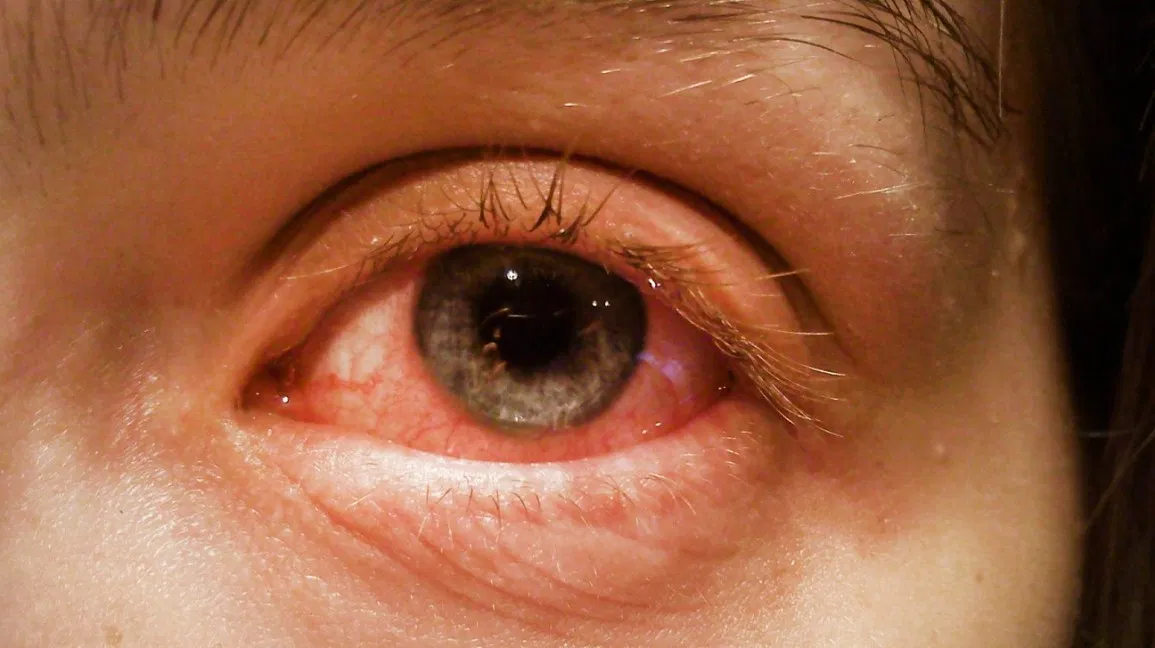A team of researchers at the University of Alberta (UA) has said that the pink eye is possibly the first sign of COVID-19 infection, adding it is now the primary indication to be tested for the virus.
The characteristic symptoms of COVID-19 include a fever, cough, and difficulty breathing. However, a recent study, published in the Canadian Journal of Ophthalmology, has found that conjunctivitis (pink eye) and keratoconjunctivitis can also be primary symptoms of the new coronavirus.
The Royal Alexandra Hospital’s Eye Institute of Alberta referred to a 29-year-old patient who arrived with the symptoms of severe conjunctivitis and minimal respiratory symptoms. The patient had undergone several days of treatment with little to no improvement. However, later, it was found that the patient had recently returned home from Asia, prompting doctors to order a COVID-19 test. Eventually, she was tested positive.
Ophthalmologist Dr. Carlos Solarte of UA said, “What is interesting in this case, and perhaps very different to how it had been recognized at that specific time, was that the main presentation of the illness was not a respiratory symptom. It was the eye.”
“There was no fever and no cough, so we weren’t led to suspect COVID-19 at the beginning,” he added. “We didn’t know it could present primarily with the eye and not with the lungs.”
Dr. Solarte explained that academic studies in the initial phase of the pandemic identified the pink eye as a secondary symptom of COVID-19. Since then, researchers have identified how the virus can invade and transmit through the body’s mucus membranes of the eyes.
The new finding offers vital information to the clinicians but it makes eye exams a bit complicated for ophthalmologists.
“The patient in this case eventually recovered well without any issues,” Dr. Solarte explained. “But several of the residents and staff who were in close contact with the patient had to be under quarantine. Fortunately, none who were involved in her care also tested positive.”
Doctors and nurses are now taking extra precautions and treating patients arriving with conjunctivitis or keratoconjunctivitis as potential cases of COVID-19.
Heath workers conducting eye exams are strongly advised to wear personal protective equipment (PPE) to reduce potential exposure to the infection.
Dr. Solarte said, “It’s important to ensure that everyone is well protected. Our residents are now using gloves, gowns, and facial masks every time they see one of these patients.”
“We need to be really careful about protective measures to examine these patients,” he added. The article originally appeared on Medical Xpress.























